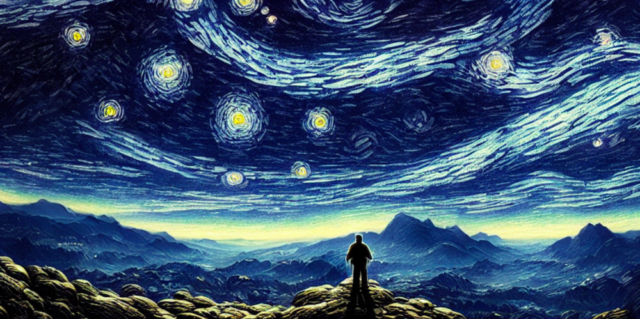The points that resonated most with me in this article were AI and creativity.
First, compared to generative art, live coding can have better connections with audiences. Audiences can see how the code changes with how the graphics or music changes. In this way, audiences can also realize that the live coders are doing something to the codes. The codes are under the control of the live coders, so the coders create and hold the authorship of these codes.
In fact, there is no difference of authorship between live coded and generative art.
This is what I don’t agree with to some extent in this passage of 2010. Nowadays, “generative art” is bonded with AI or machine learning. These days, some AI image generators become hot topics. By machine learning, the users (now “creators” are absent, except the creators of the tool)only need to input keywords, then the image can be output. Though images generated by programs are hard to define as Art, many people have difficulty separating human paintings from the works of AI.

This is an image generated by Stable Diffusion.
How to define generative art is not what I want to do now. Whatever, live coding is a performance form combining coding, which is usually put backstage, and improvisation, a representation of creativity. Such a combination makes live coding a unique performance form as the passage goes: make tools (programming) as a creative performance.